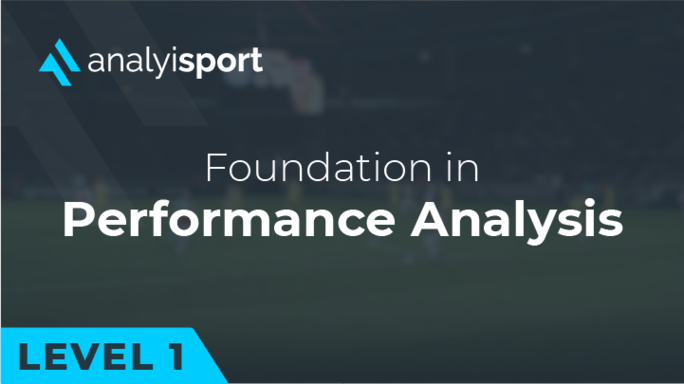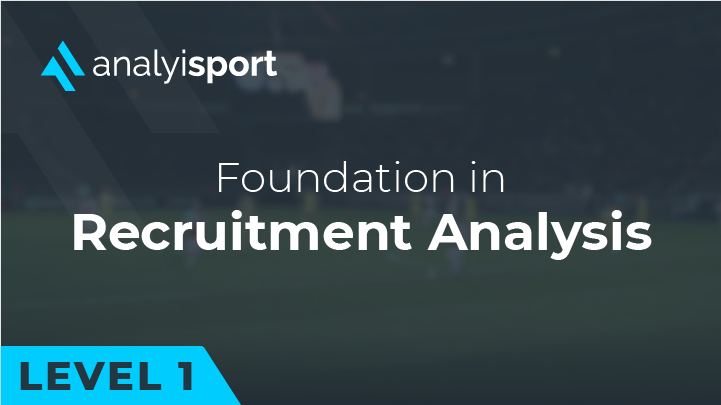What is a Football Loan Analyst?
What is a Football Loan Analyst?
With the standard of European football as high as it is, the best teams have become saturated with elite players and competition for places is tougher than ever.
When Chelsea faced Real Madrid in the Champions League quarter final on 18 April 2023, the total market value of the players on the two teams’ benches alone surpassed half a billion pounds. With so many established top-level professionals filling out the squads of these clubs, the prospect of an academy player breaking into the first team appears ever-more challenging.
The player loans system has become an essential tool for squad management at football clubs. By the end of the 22/23 season, there were 146 Premier League players out on loan.
Although a player of any age can be loaned, it is often the youngest in the squad who seek opportunities elsewhere. Allowing youth players to go out on loan and gain valuable first-team experience can be crucial for their development and is a common intermediary between the reserve and first teams.
As clubs have come to recognise the importance of the loan market, they have expanded their infrastructure accordingly. This has led to the creation of new specialist roles within football clubs.
What were the first loan management roles like?
Liverpool were among the first clubs to establish a loans-based role. In 2015, they hired internally for a position which they called a ‘Loan Pathways and Football Partnerships Manager’, which has now been replaced by the ‘Director of Loan Management’.
Back then, the Loan Pathways and Football Partnerships manager was responsible for maintaining relationships with other clubs around Europe in order to have an idea of how those clubs function internally, and to facilitate communication should Liverpool want to send them a player on loan. The role required an in-depth knowledge of many squads in various European leagues.
Additionally, the position entailed coordinating individual loans themselves. This meant providing the host club with all the information they need prior to the loan, outlining Liverpool’s expectations for the player by the time they return, and monitoring the player’s progress by feeding video footage back to Liverpool’s scouting department.
How have loan management roles evolved?
In 2023, the role of Loans Manager is now a permanent fixture at any top club. Like Liverpool’s loan pathways and football partnerships manager, it is a position which comes with a variety of responsibilities. These include watching the reserve teams in training, scouting potential clubs to send players on loan to and monitoring loanees’ progression.
The role differs, however, in its focus on player wellbeing. In years gone by, players were left to fend for themselves when sent on loan, but this is no longer the case.
Loans Managers offer near-constant support, should the player need it. This involves assisting with personal circumstances, rather than solely focussing on sporting factors.
Support can be offered by physically helping to move into a new city, but most often comes in the form of dialogue. Emphasis is put on players’ mental wellbeing, and it is the job of the Loans Managers to make sure that their players are happy off the pitch.
Whilst all loanees are supported by the Loans Manager, it is the academy players who are expected to benefit most from the system. Ensuring that each young player has a successful loan spell is seen as an investment from which clubs will reap the rewards after the player returns from their loan spell.
Ultimately, clubs hope that the mentorship provided will have a tangible effect on loanees’ development not only as players but as people, too.
What is a Loan Player Analyst?
The Loans Manager is assisted by a Loan Player Analyst. Rather than overseeing the whole process, the Loan Analyst is specifically responsible for monitoring the progression of loaned players, based on their performance data.
Working closely with the club’s coaching team, they are required to periodically submit reports on the club’s players on loan at other teams, and to evaluate the efficiency of the club’s loan system.
On top of these commitments, they will also be in regular contact with the players whose progression they are monitoring to provide them with insights into their performance, based on statistical and video analysis.
“[O]ur chosen feedback processes are dependent on the individual. We set statistical benchmarks depending on age, experience and position for the level the player is currently at”, says Fabian Unwin, Chelsea’s Senior Analyst who held the position of Loan Player Analyst at the London club until 2022.
Unwin goes on to explain how Chelsea have developed a metric for comparing loanee performances across European leagues of differing standards. It is this sort of statistical and innovative approach that clubs want from their analysts.
What does the future hold for loan player analysis?
As we enter into an era of data-driven analysis in sport, football clubs are always looking for analysts who are able to come up with new ways of delivering insights to players and coaches. Interpreting data in creative ways can maximise its benefit in any field of analysis, and loan player data is no exception.
This approach to data analysis is particularly beneficial when used on young players going out on loan, for whom the transition from academy player to the first team squad is not as straightforward as it once was.
Clubs are placing an increasing amount of importance on the loan market for their youth team players, and as analysts develop more innovative models for studying their data, loan moves can only become more beneficial for players’ career development.
Even though it is likely that every Premier League club already employs a Loan Player Analyst, the future lies with the analysts who can come up with new ways of interpreting and delivering loan player data. As long as data analysis in football has room to grow, so too does the role of Loan Player Analyst.
Related Courses:

- Level 1
- Course
Level 1: Foundation in Performance Analysis in Football
£199.00 Original price was: £199.00.£85.00Current price is: £85.00.

- Level 1
- Course
Level 1: Foundation in Recruitment Analysis in Football
£199.00 Original price was: £199.00.£85.00Current price is: £85.00.
Share this article
Our Learning Pathways
AnalyiSport is for everyone who is passionate about analysis in football. Where are you in your development journey?
Become a Football Scout
As more clubs than ever look to build data into their recruitment process, an understanding of recruitment analysis is your ticket to success in the game.
Related Articles
Our team provides news and insights from the cutting edge of football analysis.





